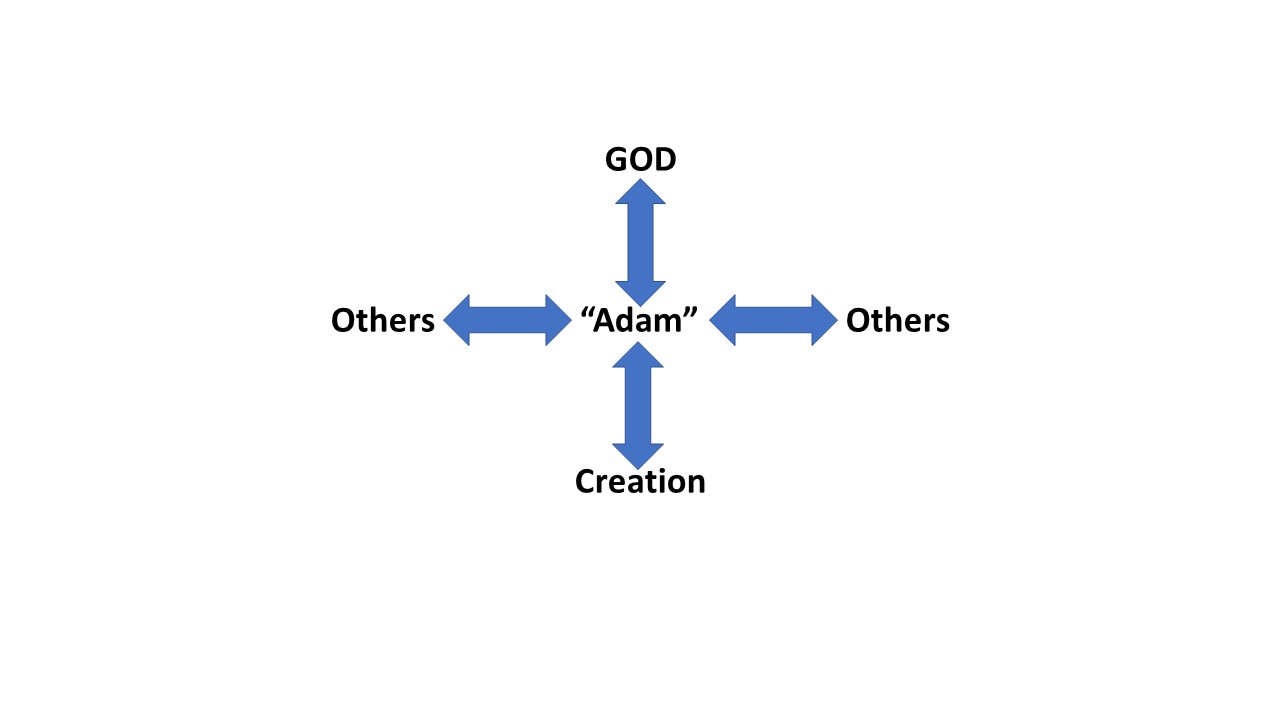
Where do we start if we want to learn about being a genuine leader—not a fool or an impostor?
There are almost as many starting points as there are books and theories about leadership. So, which do you choose?
As I look at some of the volumes on leadership on my shelves, I read titles that include excellence, competence, primal, contrarian, challenge, heroic, crisis, and biblical. Manfred Kets de Vries adds “fools” and “impostors”—and many of us have had our fill of those!
There is much overlap and disagreement among these books. So, where do we start?
As I’ve written elsewhere (see “Is that you God?”), my orientation is bounded or defined by three elements: the Bible, the person and work of Jesus Christ, and God’s character of love.
If I was writing a book on leadership, it probably would be titled “Leading like Jesus,”—but I’m getting ahead of myself.
Starting at the beginning
As with most things, the beginning is a good place to start.
Given my declared orientation, that would be Genesis 1.
Opening the first page of the Bible introduces us to a ‘Story’ of universal and eternal proportions (Genesis 1:1):
“In the beginning God created …”
By ‘story’ I do not mean fiction. As I’ve pointed out before, if I asked you, “What’s your story?” you would select and arrange various facts about people, places, and experiences that tell me something about your life and who you are.
Genesis is the beginning of God’s ‘Story.’ It is a selection and arrangement of various significant facts about people, places, and experiences that tell us what we need to know about:
- who God is and what he is doing;
- who humans are and our purpose;
- how God is acting in time and space to redeem and bless humanity, indeed all Creation;
and much more. It doesn't tell us everything; it tells us what we need to know.
Image of God
The climactic act of the Creation narrative is God making humanity (Genesis 1:26-30):
So God created man in his own image,
in the image of God he created him;
male and female he created them.
One aspect of being ‘image of God’ is relationship: relationship with God, other humans, and Creation. These relationships may be illustrated in simple terms as:

As God’s representatives, humans were to subdue the earth and rule over the living creatures. It was intended that they subdue and rule over Creation, as God himself would rule over Creation (1:28)—responsibly, wisely, lovingly. In turn, Creation was to provide for the physical needs of humanity (1:29).
As for humanity's relationship with God, they received from God his extravagant generosity. Only one thing was withheld: “you must not eat from the tree of knowledge of good and evil, for when you eat of it you will surely die” (2:17). This tree and its fruit were good, but they were exclusively for God.
As between humans, there is no sense of domination or “power over” or competition with one another. In the original state of the relationship between Adam and Eve, we see the demonstration of their intended mutuality and interdependence.
But this state of relationship did not last.
Stepping over the line
Every relationship is defined by boundaries.
For instance, one boundary of the relationship of marriage is that the sexual intimacy of the husband is exclusively for his wife; and of the wife for her husband. To step over, or transgress, this boundary and allow such intimacy with someone who is not the husband or the wife is adultery. That stepping over the line damages or destroys the relationship.
So it was with humanity’s relationship with God.
Both Adam and Eve stepped over the boundary that defined their relationship with God—they ate the fruit of the tree that was reserved exclusively for God. In doing so, they damaged or destroyed their relationship with God with the result that everything was thrown into disarray.
As for the relationship between humans, we now experience competition, rebellion, murder, blame, denial—and a host of other dynamics that have become the new “normal” among humans. This has a direct impact on “leadership.”
A new image
God did not walk away from his Creation. Instead, he entered into it in a most unexpected and sacrificial way.
God “enfleshed” himself as a human being—and his name is “Jesus.” Jesus is the new image, untainted by sin:
- “Christ, who is the image of God” (2 Corinthians 4:4)
- “He is the image of the invisible God, the firstborn over all creation ...” (Colossians 1:15)
In this way, Jesus Christ became the new Adam for a new humanity in a new Creation. This has a direct impact on “leadership.”
We then hear Jesus say to his followers (Matthew 28:18):
"All authority in heaven and on earth has been given to me."
Do you get that? “All authority” – there is nothing else.
What do you think of Jesus' claim?
My takeaway
Leaders, fools, or impostors.
If you aspire to lead, which will you be?
We’ve probably met our share of the fools and impostors playing at “leadership.” They are manifest by their power games, control, manipulation, abuse, self-centeredness, and incompetence.
If I’m going to learn what it is to be a leader—a genuine leader, a true leader—I have to watch and listen to Jesus. I have to be leading like Jesus.
Here are some other posts related to learning about true leadership from Jesus Christ:
FORWARD TO the next post in this series
BACK TO 3 Litmus Tests of a Leader
Photo credit: The Laughing Jester, possibly painted by Jacob Cornelisz van Oostsanen (ca., 1500) in the Davis Museum.
Click "yes" to receive resource-rich newsletters.
Helpful resources provided to 'living theology' subscribers.
YES!